With no Formula 1 battles between Sebastian Vettel and Lewis Hamilton looking likely for the forseeable future, we'll take you back to a vintage war between Ferrari and Mercedes – a war of words.
The Silver Arrows of Mercedes had dominated grand prix racing through the 1930s with the backing of the German government and legendary team manager Alfred Neubauer.
This era was, of course, abruptly ended by the outbreak of the Second World War, and it was not until 1951 that Daimler-Benz decided the famous three-pointed star could make its competitive return.
It decided to do so in the burgeoning sports car category, so set about designing a bespoke creation take on the dominant force that Ferrari of Italy had become in its absence.
Just a year later, the 300 SL (codenamed the W194) emerged. A shapely coupé, it was built around a superlight aluminium tubular spaceframe, offsetting the relative power defecit of its 3.0-litre straight six engine. This was borrowed from the 300 luxury saloon, but a range of upgrades boosted it from around 150bhp to some 175bhp.
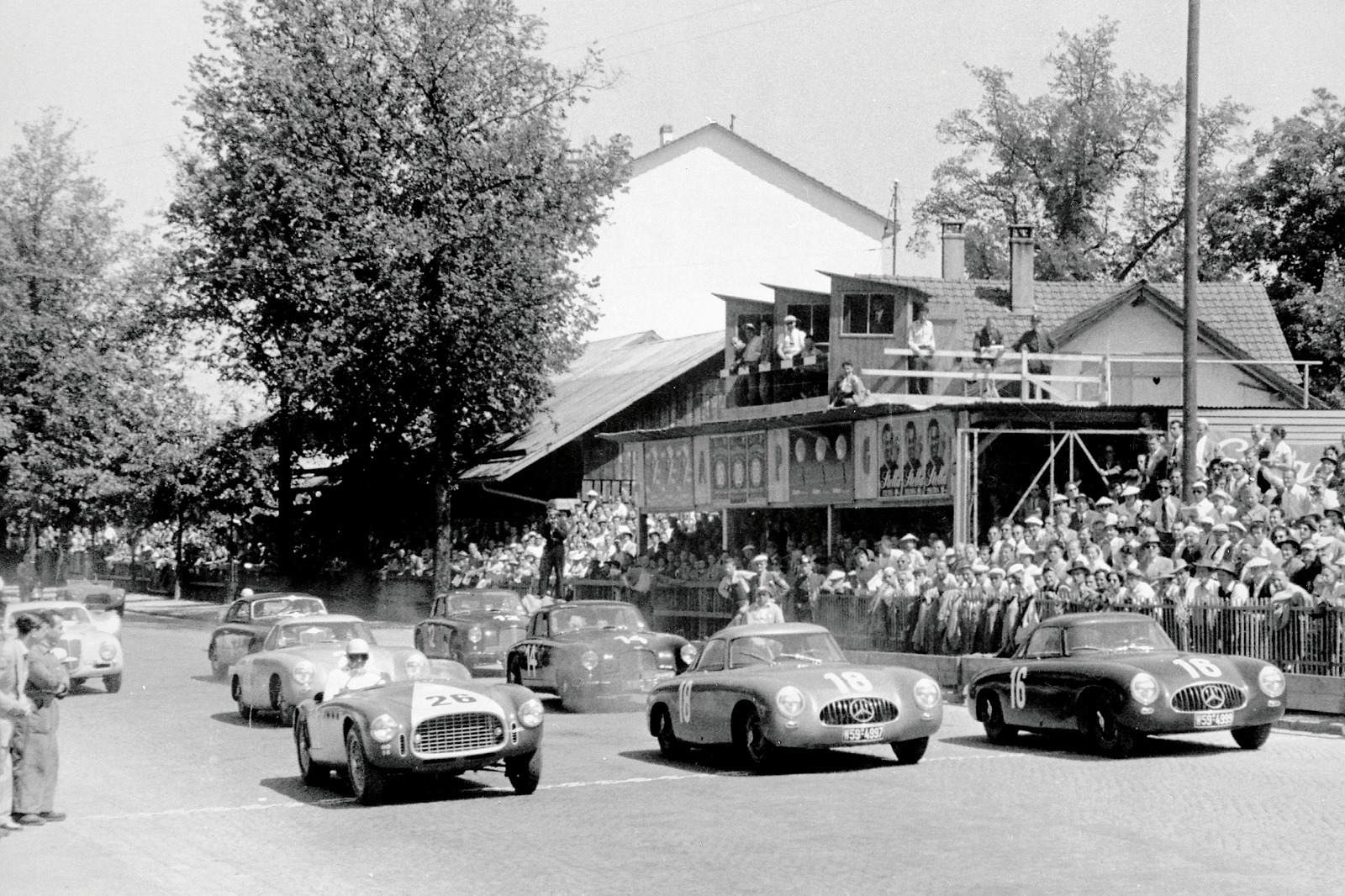
Also playing key parts in the design were all-round independent suspension and a strong focus on aerodynamics – unlike Ferrari, whose founder would famously say in 1960: "Aerodynamics are for people who can't build engines".
With old Alfred back at the helm, W194 steadily proved itself through 1952, coming second in Italy's legendary Mille Miglia road rally, taking a one-two at the 24 Hours of Le Mans, winning the Bern race and beating all comers in the Eifelrennen at the Nürburgring.
Most famously, Karl Kling took victory in the most terrifying race of them all, the Carrera Panamericana in Mexico – even despite co-driver Hans Klenk being knocked unconscious by a vulture that shattered the windscreen at 120mph.
Point proven, Mercedes "proposed to abstain from giving further proof of its superiority in 1953," as Autocar put it. "Jolly decent of them too!"
"However, that slight touch of bombast seems to have touched off an Italian ammunition dump," we continued, "for it is now reported from Rome that the Ferrari firm, together with the official team of drivers, Alberto Ascari, Giuseppe Farina and Luigi Villoresi, have issued an open challenge to Mercedes and their drivers to compete in one or two races this year and prove their superiority. The choice of races is left to the German team. Well, Herr Neubauer?"
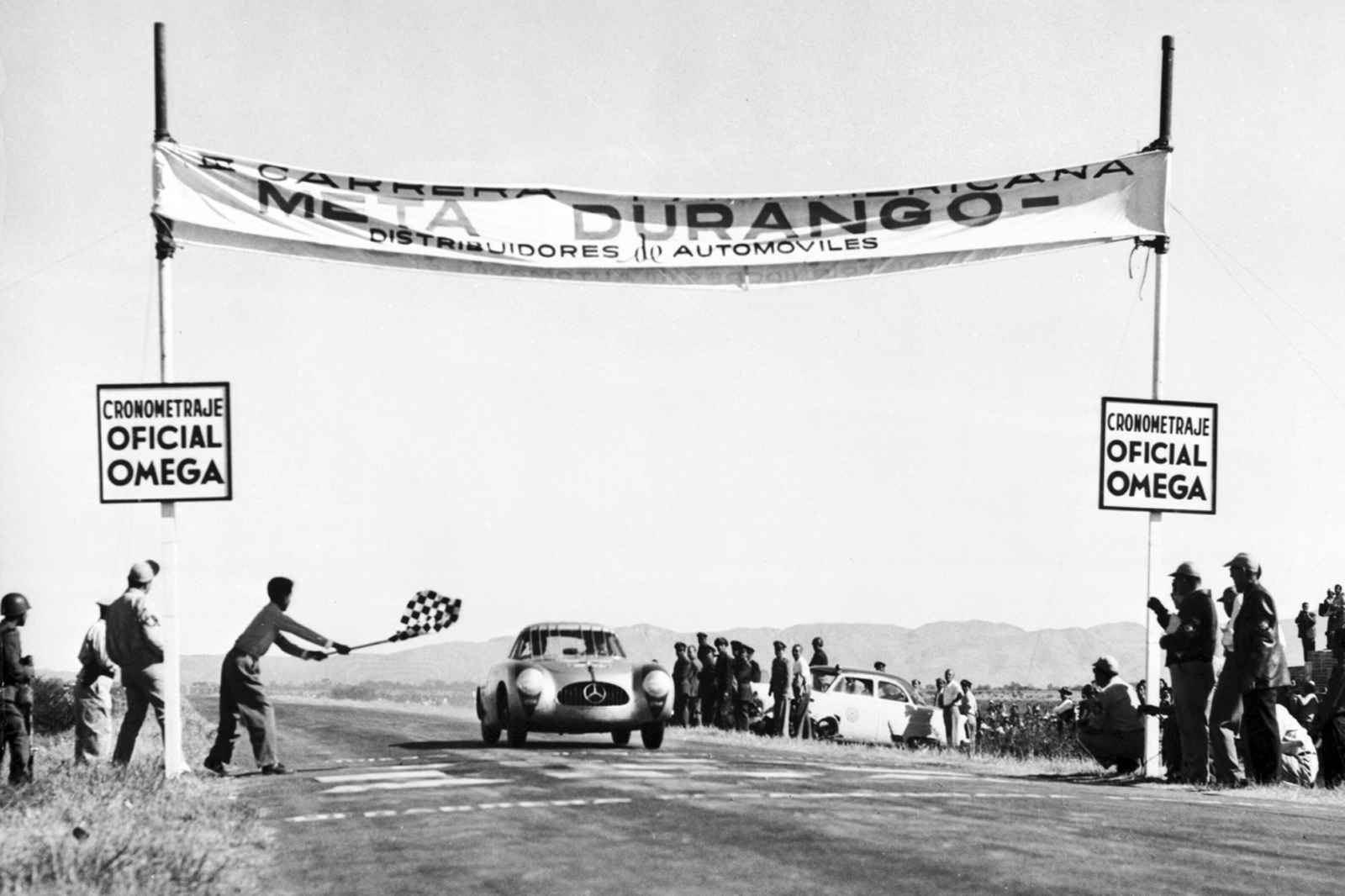
Two weeks later came the response from Stuttgart. "It said quite simply that Ferrari had had plenty of chances to beat them in last year's races! It also said that Mercedes had made up their minds not to race this year, that it would take them six months to get the cars and the organisation ready again, and that they were not proposing to go to all that trouble just for a challenge from Ferrari."
Naturally, this stoked the competitive nature of Enzo, who wrote in a letter to the Italian press that "he was pleased to hear that Mercedes would be ready to meet his team in six months' time, and he looked forward to August in consequence.
"As for last year, he pointed out that at Bern there were was no official Ferrari team, in the Mille Miglia a Ferrari finished first and in Mexico a Ferrari had led the race almost all the way, dropping out only on the last day and allowing Mercedes to win!"
Mercedes retorted that they were simply not interested – and "remarked in passing that in their view, motor sport consisted of record-breaking and of racing, not of light-hearted challenges to duels."
And so Ferrari was left to clean up in 1953, with its 340 MM and 375 MM pairing snatching the World Sportscar Championship title from the Jaguar C-Type across an incredible seven-race calendar.
Mercedes, though, had not given up racing but was instead putting all its efforts into a debut entry into the new Formula 1 championship.
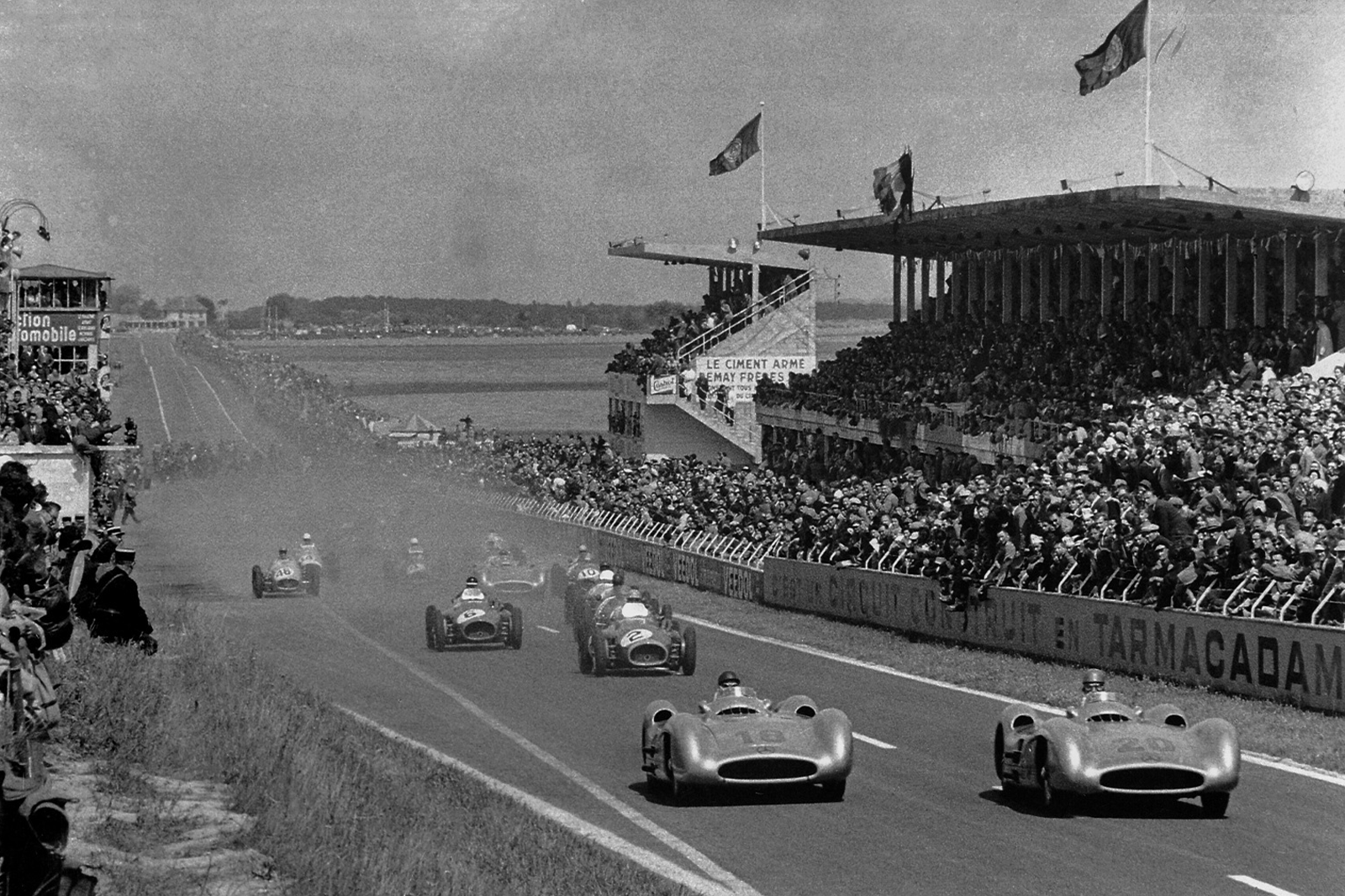
Ferrari had no real rival in the series in 1952 and 1953, sweeping to both titles through the efforts of Ascari.
Despite winning the first two races of the 1954 season for Maserati, the legendary Juan Manuel Fangio jumped ship when Mercedes arrived with its new W196. That was an inspired decision, as he went on to win four more racrs and take the title.
Alongside Kling and new signing Stirling Moss for 1955, he won four of the six races, coming second to Moss at Silverstone (supposedly allowing the youngster to win his home race) and retiring from pole with transmission trouble in Monaco, handing Ferrari its sole garland of the season.
Wonder how that went down at Maranello...
READ MORE
From the archive, 1907: Britain breaks the 24-hour record

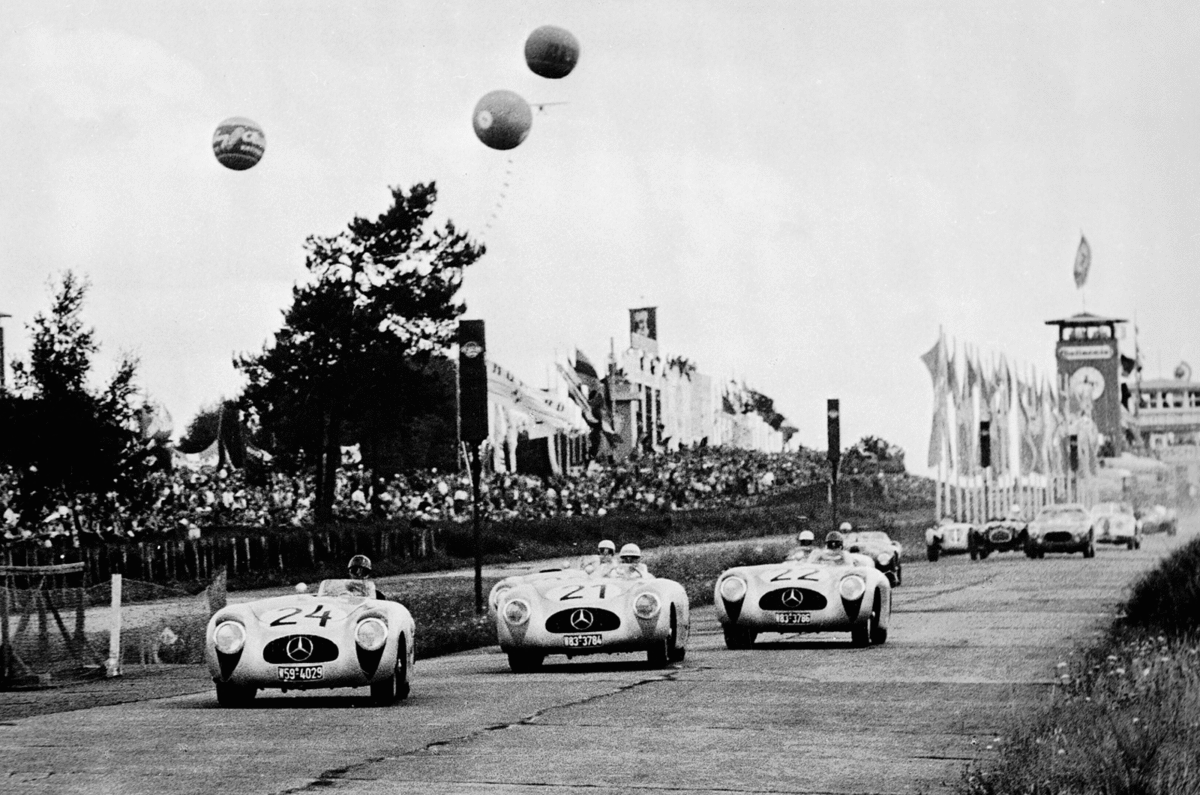

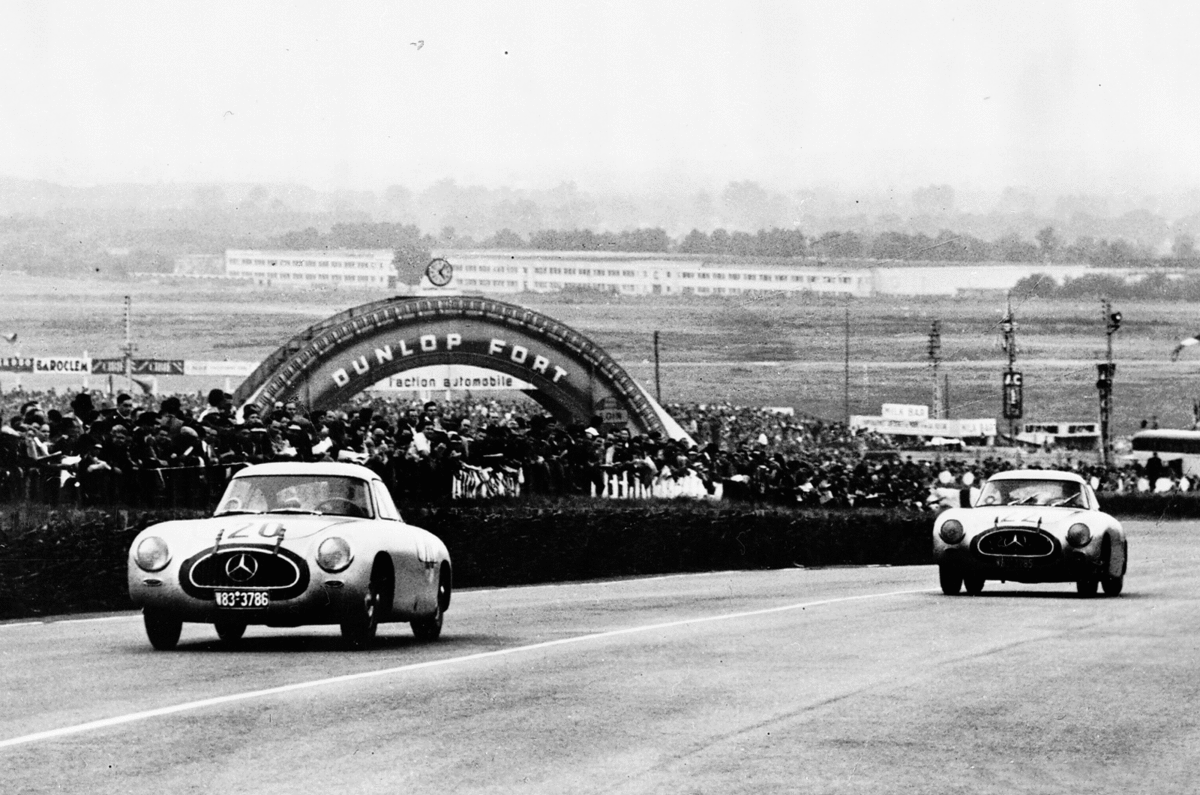
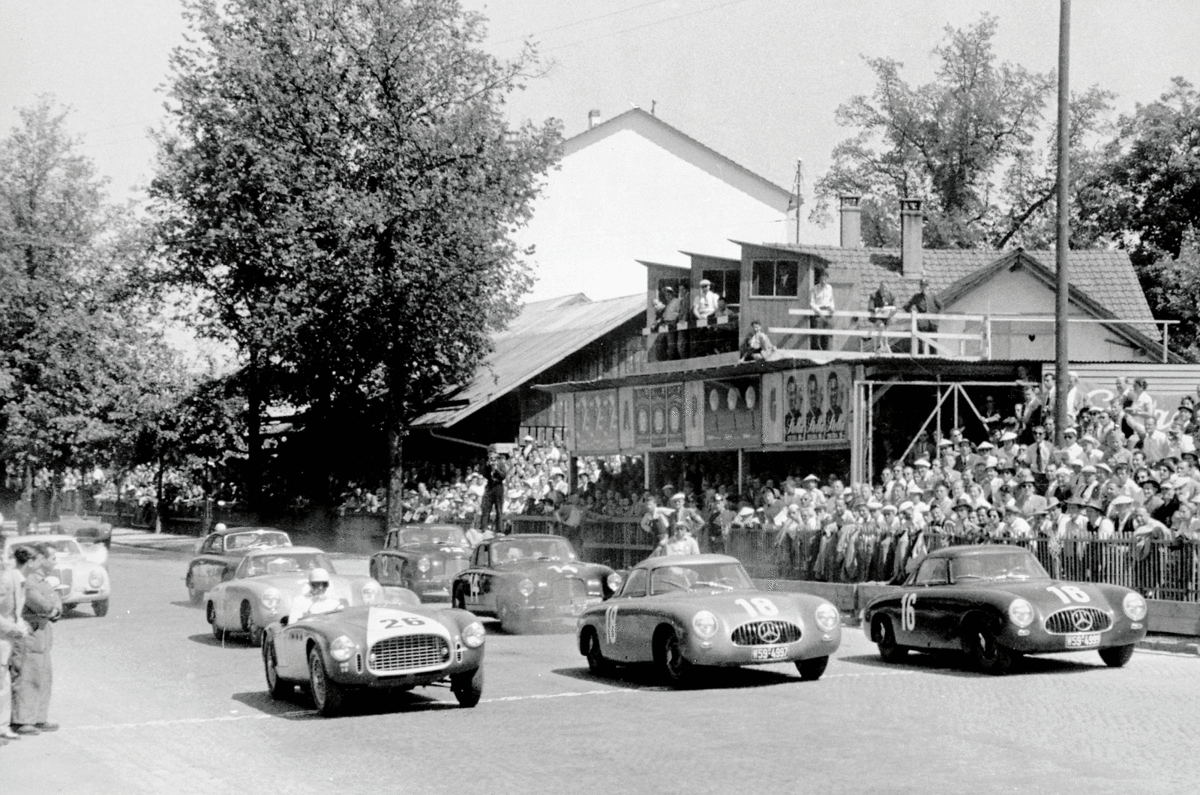
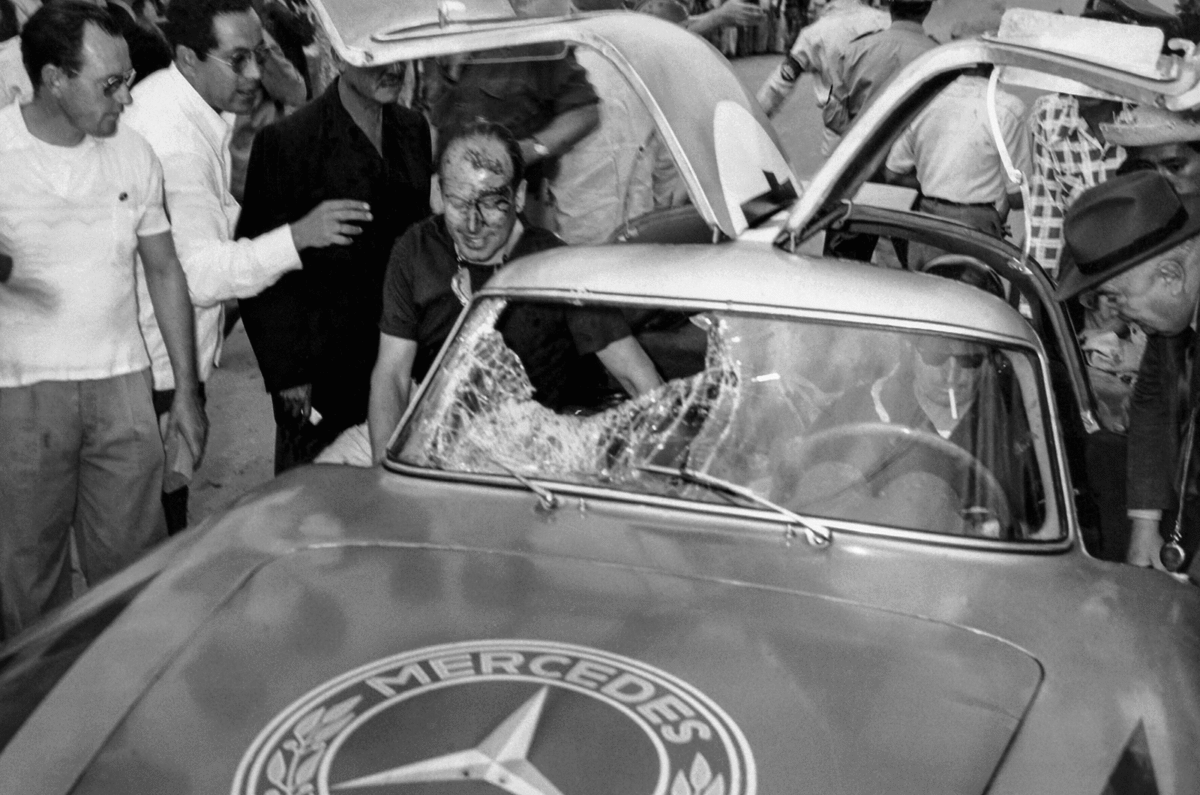
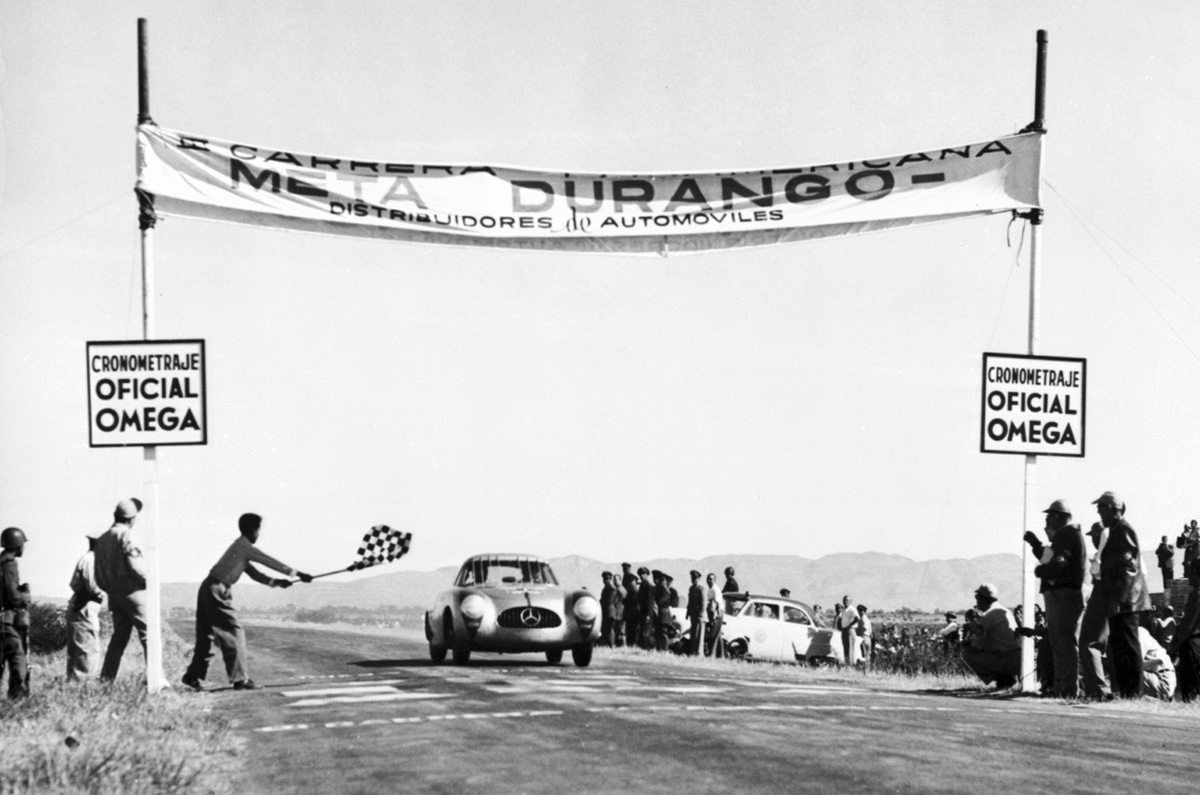
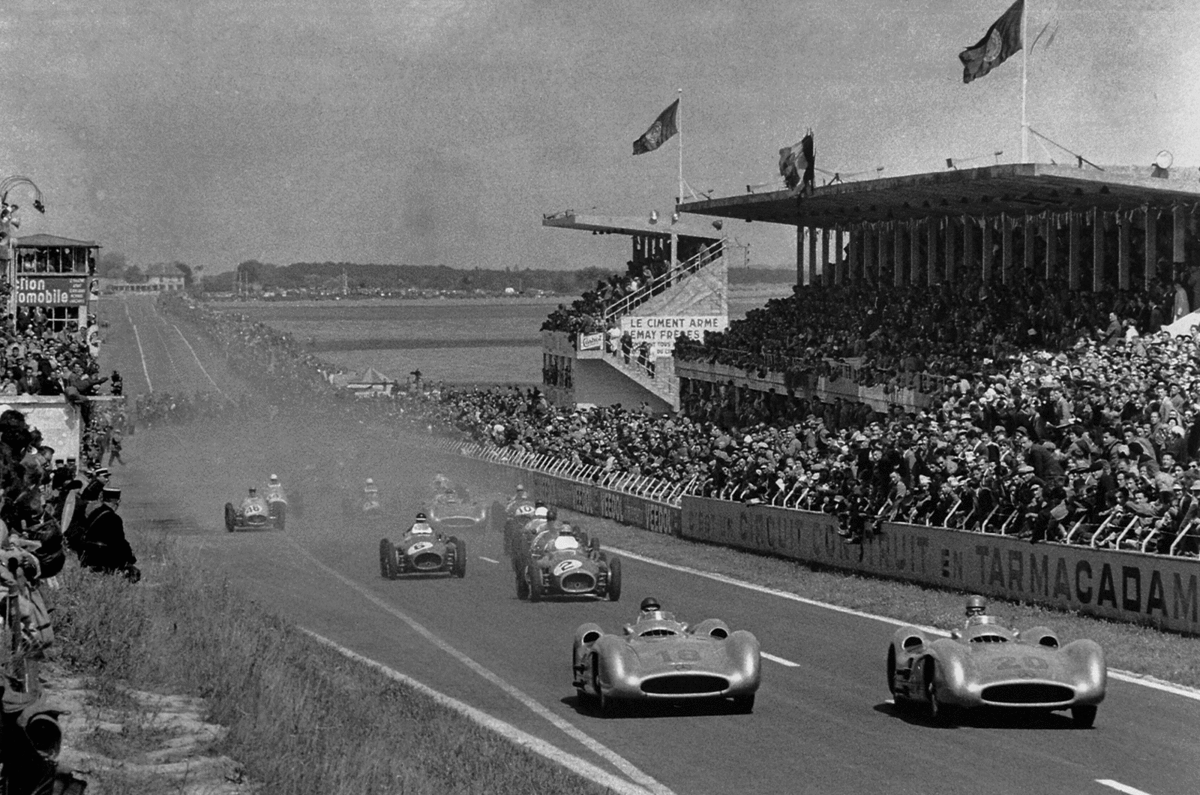
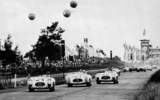


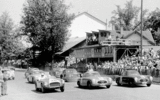
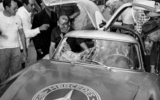
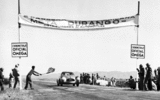
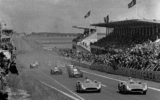


Add your comment